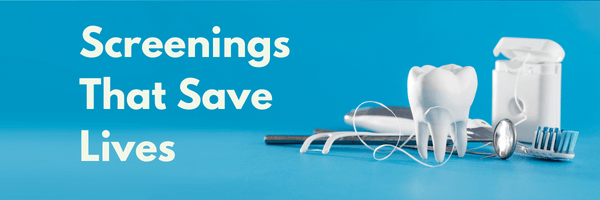.png)
10 Things To Consider Before You Say “Yes” To Your Next Clinical Position (Part 2)
Posted May 31, 2023
Part 2 of 2
Saying “YES” to your next clinical position can simultaneously be filled with excitement and doubt. Starting a new page of your professional book can be thrilling and full of hope. At the same time, it’s easy to fall into analysis paralysis, wondering if you have made the correct decision. Creating a checklist of things to ask and know before committing to your next clinical position can ease the concerns and help you make an informed decision that has you over the moon excited.
In part one of this series, we shared 5 key considerations before accepting a new offer, including: compensation, infection control, onboarding, employee reviews, and instruments.
Here are another 5 considerations to add to your checklist:
1. Process of care
One of my favorite things is to learn about the practice. I ask them to share the process a new patient experiences from when they walk into the dental office to when they leave. This is a great way to understand the flow of the office and the team. It gives you insight into your role in this process. In some offices, the dental hygienist is the first clinician the patient will connect with.
This is also a great time to find out what kind of support you will have from the rest of the clinical team. For example, will the hygienist have an assistant to aid in charting, or is there an alternative method of gathering this data, like voice-activated technology?
2. Treatment protocols
Depending on which state you live in and which practice you associate with, there are different approaches to patient care to consider. I think of these as treatment protocols.
As a dental hygienist, one of the first treatment protocols I want to understand is who has the deciding authority to diagnose and treat periodontal disease. In Oregon, where I live, dental hygienists have had this privilege for nearly 20 years. While in other states, it is the dentist who determines this aspect of care. I hope the states where the dentist officially diagnoses and authorizes the treatment of periodontal disease do so in collaboration with the dental hygiene team. Identifying how this process works in the dental practice can be a key deciding factor.
Along with the topic of periodontal treatment, it’s essential to understand the office’s protocols regarding treatment and which factors lead to transferring care of the patient to periodontal specialists.
I encourage clinicians to evaluate current research on diagnosing and performing periodontal therapy. Use that research to determine your approach and assess your ability to treat this disease. You may find yourself at an office in which they are searching for a person who can update and implement a strong approach to patient care.
There are several other protocols of patient care to understand as well. For example, are preventative sealants placed? If so, who does them? Are you in a state in which the hygienist can anesthetize? Find out if your skill set is used to aid the dentist in preparing the patient for restorative work.
3. Scheduling
I always encourage a conversation about the schedule during the interview process. Of course, it’s important to understand how much time is allocated for each patient’s treatment. But I encourage a deeper understanding. Evaluate how much time is scheduled for a prophy vs non-surgical perio therapy. Ask who decides how much time is set aside for each appointment type.
Also, it’s important to understand the schedule on a larger scale. What time does the day start? When does it typically end? Are there breaks? And we cannot forget about lunch! Find out if the office has monthly meetings or activities outside “normal” business hours.
4. Talk with the team
It’s essential to have a conversation with the people you will be working with daily. After all, you may see them more than some of your family members. I encourage you to really listen to these answers.
If you can, find out how long they’ve worked for the office and what they enjoy about being there. Learn their perspective of a typical day. You might be surprised by what you learn. Pay attention to their verbal and non-verbal communication. You just might hear a description of your dream office.
5. Self-Assessment – personality profile
One of the final things you can do before you say YES to that next clinical position is to complete some personal reflection. Have an idea of what an ideal working environment is for you. If you do not enjoy working with children, don’t put yourself in a situation where you will see kiddos all day. Think about working in a high-paced active office. If you find yourself getting excited about it, apply to that job style. No matter what, be honest with yourself and what really excites you about your profession.
Another thing you can do that is helpful for you and the rest of your work team is learn how you best communicate. One great tool is the DISC system. This helps you identify your personality traits and how your traits interact with others.
After you’ve asked all the questions and reviewed your list, pause and imagine yourself at that practice. Can you see yourself working there? Can you see yourself being cared for by the members of the team? If you can easily say yes to those two items, you have probably found your new place of employment.
It doesn’t matter if you are a student transitioning to your first working opportunity as a licensed clinician or moving toward a new working environment. It can be an overwhelming time filled with doubts. But it can also be an exciting opportunity for change when you take a moment to ask questions and identify your ideal workplace. You will likely find your right fit and say YES to that next clinical position.
Cheers!
Tina
We connect and educate more than 900,000 job seekers in the U.S. and Canada to build better places to work through teams that excel.






.png)


